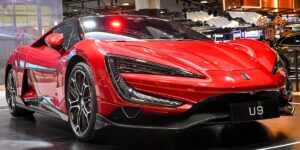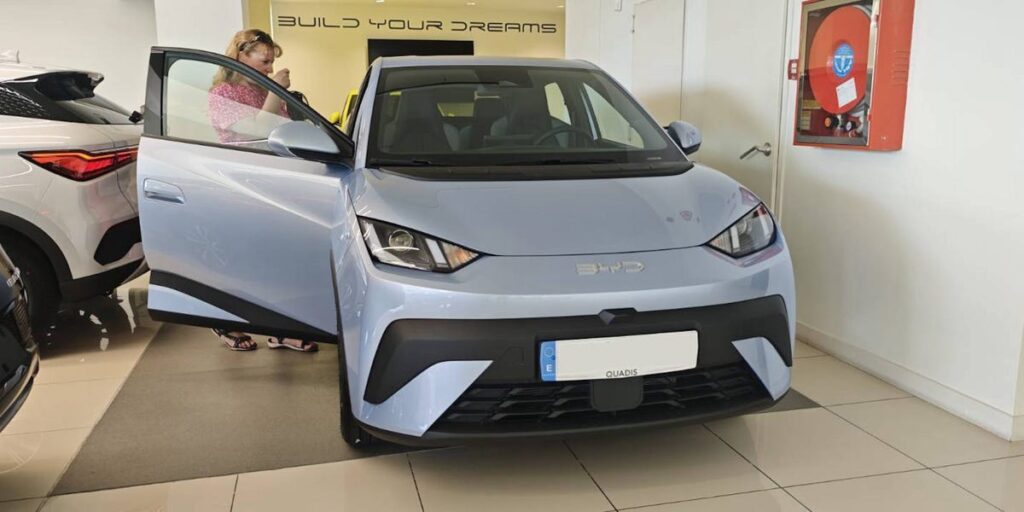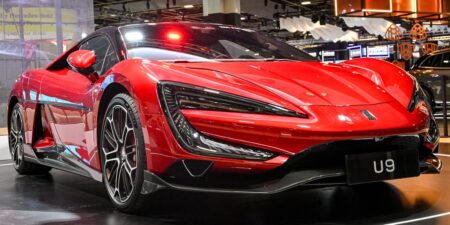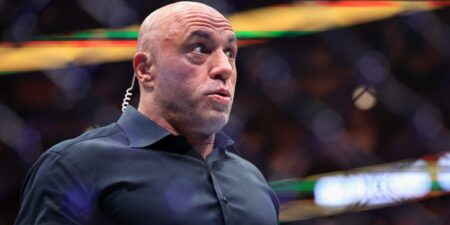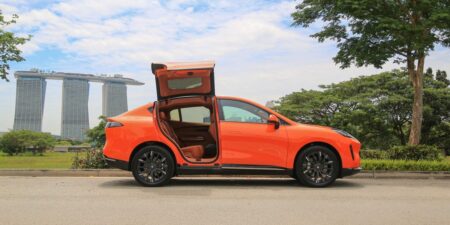This as-told-to essay is based on a conversation with Rafael Eduardo Wefers Verástegui, Head of Service at an IT consultancy in Barcelona, about owning two BYD vehicles. It has been edited for length and clarity.
I work at an IT consulting company as head of service, and live in the greater metropolitan area of Barcelona.
My wife and I own two BYD electric cars: the four-seater Dolphin Surf city car and the five-seater Dolphin hatchback.
It’s been our first full EV experience, and it’s been very positive so far. Until recently, we had a Smart Fortwo Coupé, which we owned since 2005. But my wife works in an area of Barcelona with pollution restrictions, so we decided it would be time to renovate our fleet.
I started researching EVs and hybrids, and then I stumbled across BYD. We bought my wife’s car, the Dolphin Surf, when it debuted in Spain in May, for around €16,690 ($19,700) with subsidies.
In July, we went on a roadtrip from Spain to Germany to visit family. We were traveling with our two small dogs, and our luggage.
Intially, the plan was to take the Dolphin Surf and an RV up to the Pyranees, and then park the BYD and take the RV the rest of the way to Germany.
At Bordeaux, the RV’s engine broke, and I had to take it back to the garage where the Dolphin Surf was parked.
We still wanted to visit our family and didn’t want to throw away our vacation plans, so we decided “screw it,” and switched from an RV to a small compact EV.
1,000-mile test drive
Initially, I was very cautious and decided against relying on the built in navigation system, instead just charging when I felt like I needed too. But by the time I’d crossed the French border, I had a good feeling for the total range of the car, and felt relaxed about charging.
We would drive for two to two and a half hours and then have a break. If you have two small dogs plus two people, you are going to need to have regular bathroom breaks.
We drove through the night. I took the opportunity to have a little power nap while the car was charging, which was always done within 30 to 40 minutes, even when the battery was below 10%.
We did the journey in 22 hours. With a gasoline car, I would usually take 18. The extra four hours allowed me to take regular power naps, which I didn’t do before when I drove a gasoline car, and I arrived more relaxed and without range anxiety. The overall trip was very pleasant.
The experience of driving over 1,600 kilometers (994 miles) was so good that when I decided I needed a car too, we went for a BYD again, buying the larger Dolphin hatchback in August.
BYD rolls into Europe
These are our first EVs, and it’s a huge difference compared to driving a gasoline car. With an electric vehicle, you have to think about hot and cold weather and how it will affect the battery and range.
On the other hand, the driving experience is more pleasant, with no noise, no vibration, and no additional heat from a combustion engine — which is good because Spain gets quite hot.
I find the software is really good, especially the in-built navigation software. It makes route planning very easy, and it communicates with the charging providers to tell you which charging points are busy and which ones are fast.
The assistance features can be a little bit intrusive. My wife’s Dolphin Surf is constantly telling her to pay attention to the road and that she’s driving too fast. We use the assisted driving features a lot, and in the Dolphin, the notifications are a little bit more subtle and a little bit softer.
We’re getting used to the sight of BYD’s cars on the street now, and we’ve seen more since the rollout of the Dolphin Surf in May.
I think it’s great that Chinese automakers like BYD are bringing more competition to Europe’s car market, and it’s good to have some disruption in the sector.
I don’t see the big European players right now competing on the same level as the Chinese manufacturers, and a bit of innovation and fresh air is definitely needed.
Read the full article here


